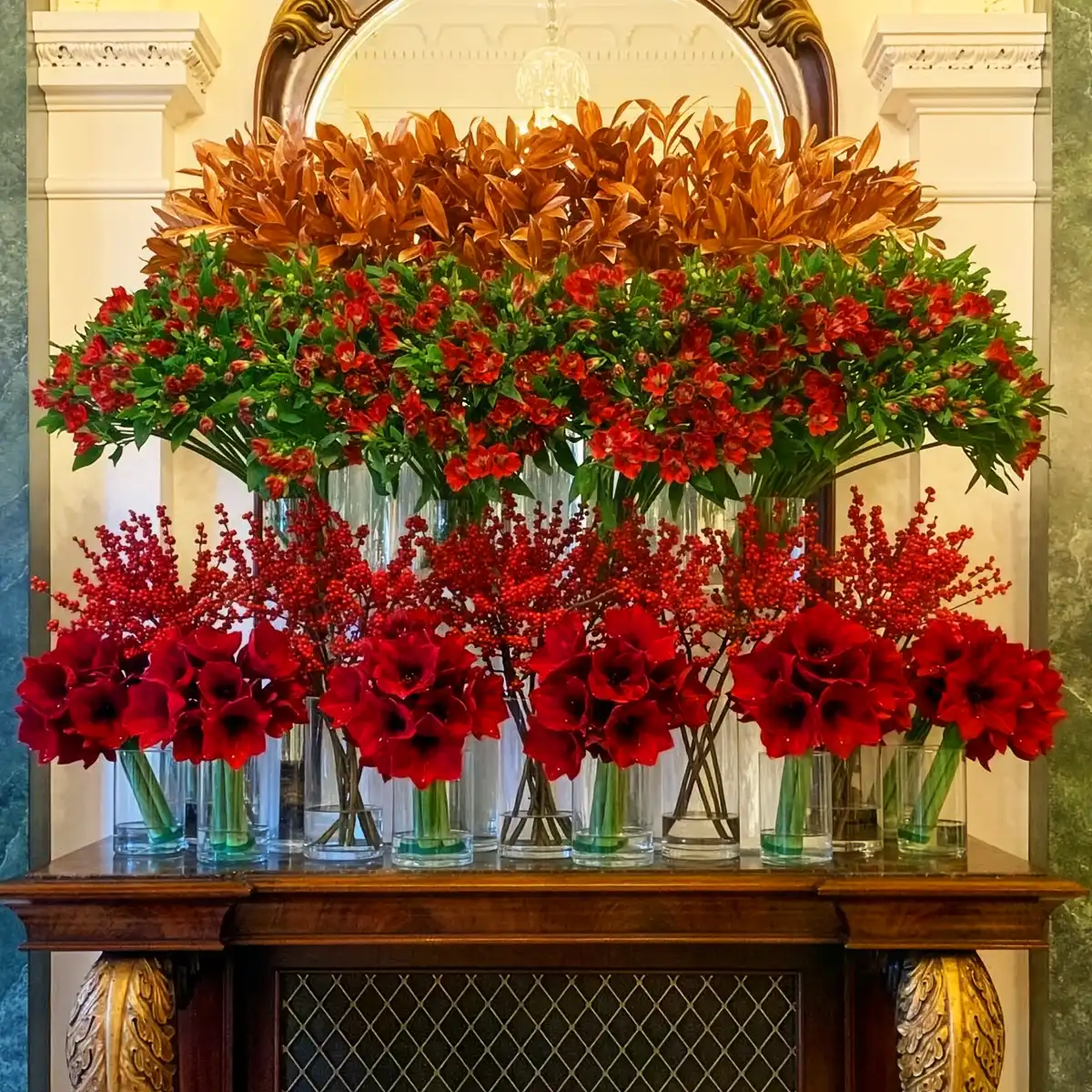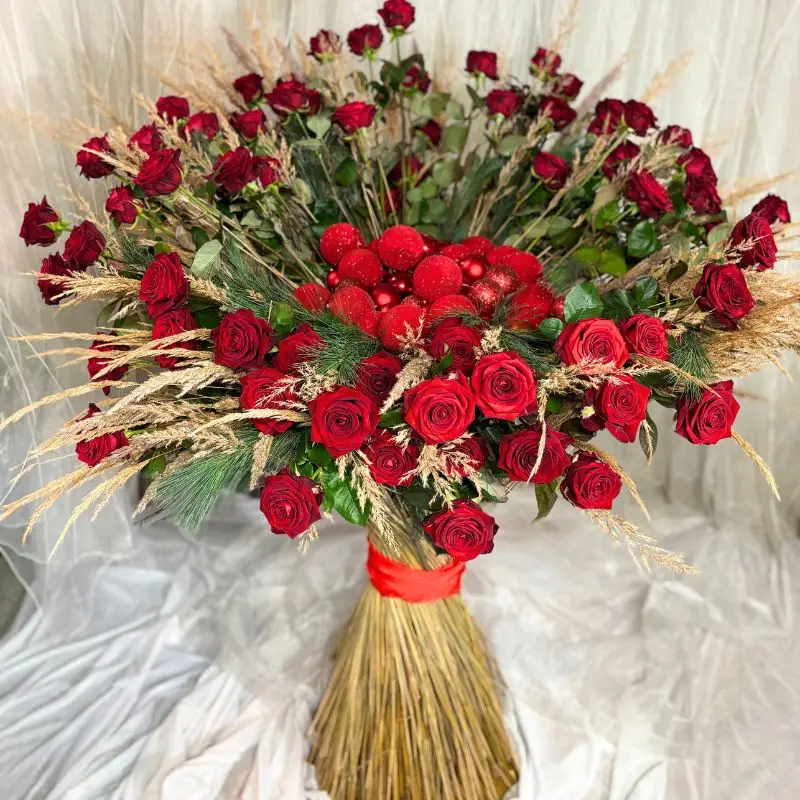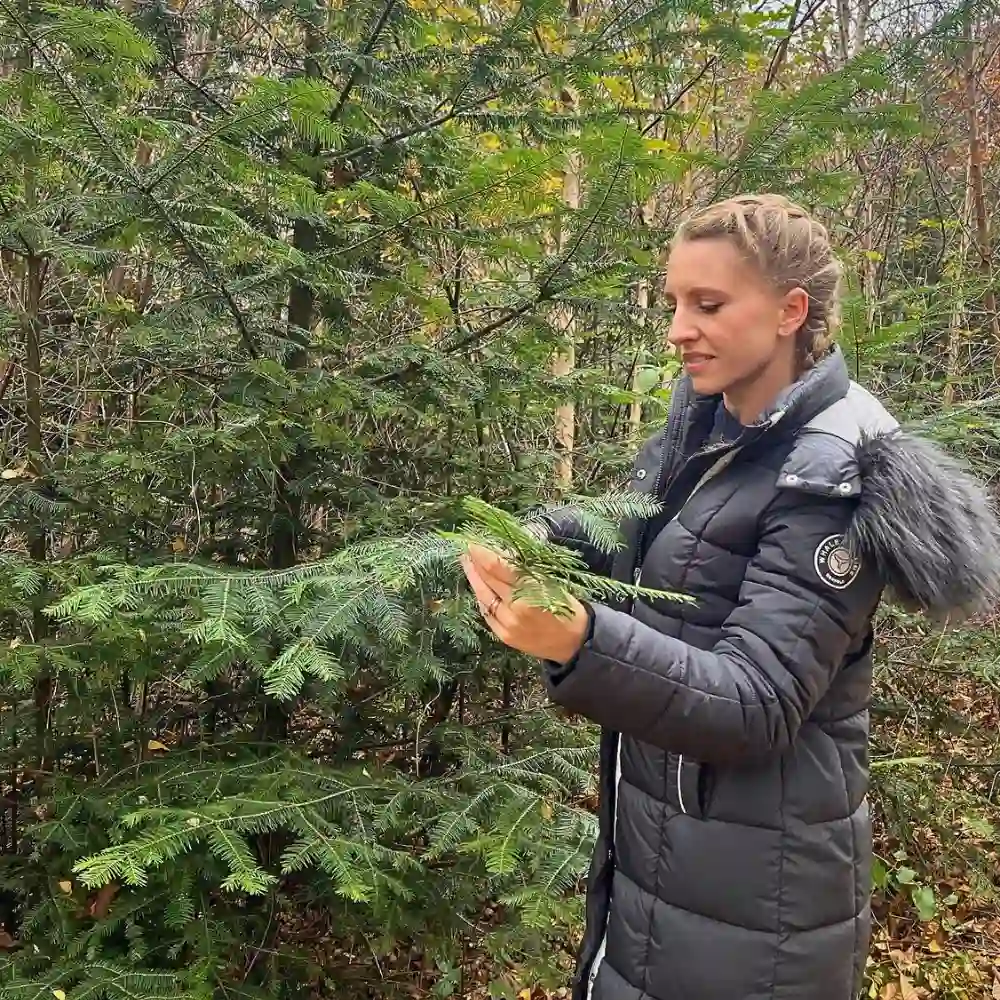In part one of their Wild Harvest story, Continental Floral Greens explored the shaded forests of the Pacific Northwest —the under-canopy world where salal, bear grass, and huckleberry grow naturally in the cool mist. Those forest-floor greens told the story of sustainability, of harvesting what grows wild without taking more than the land can give.
But the story doesn’t end there. Beyond the mossy trails and shaded fern beds by the coast lies another world entirely-higher, colder, and just as vital to who the company is. This is the story of their mountain evergreens and the forest that makes Christmas possible.
Where It All Began for Continental Floral Greens
Located in the shadow of Mount St. Helens, the tree farm is the heart of Continental Floral Greens. Purchased in 2009, this land was the first property they called their own and the foundation of the company’s growth.
Welcome to CFG's tree farm! In this video, they take you on a vlog-style tour of the calm before the storm of their busiest season of the year
Before it became home to their operations, this land had already lived a remarkable story. When Mount St. Helens erupted in 1980, the blast wiped the region bare. In the years that followed, Weyerhaeuser led one of the largest replanting efforts in the country, placing over 18.4 million seedlings into the nutrient-rich volcanic soil. That same soil, once scorched and barren, became a thriving ecosystem and the birthplace of some of the most resilient evergreens in the world.
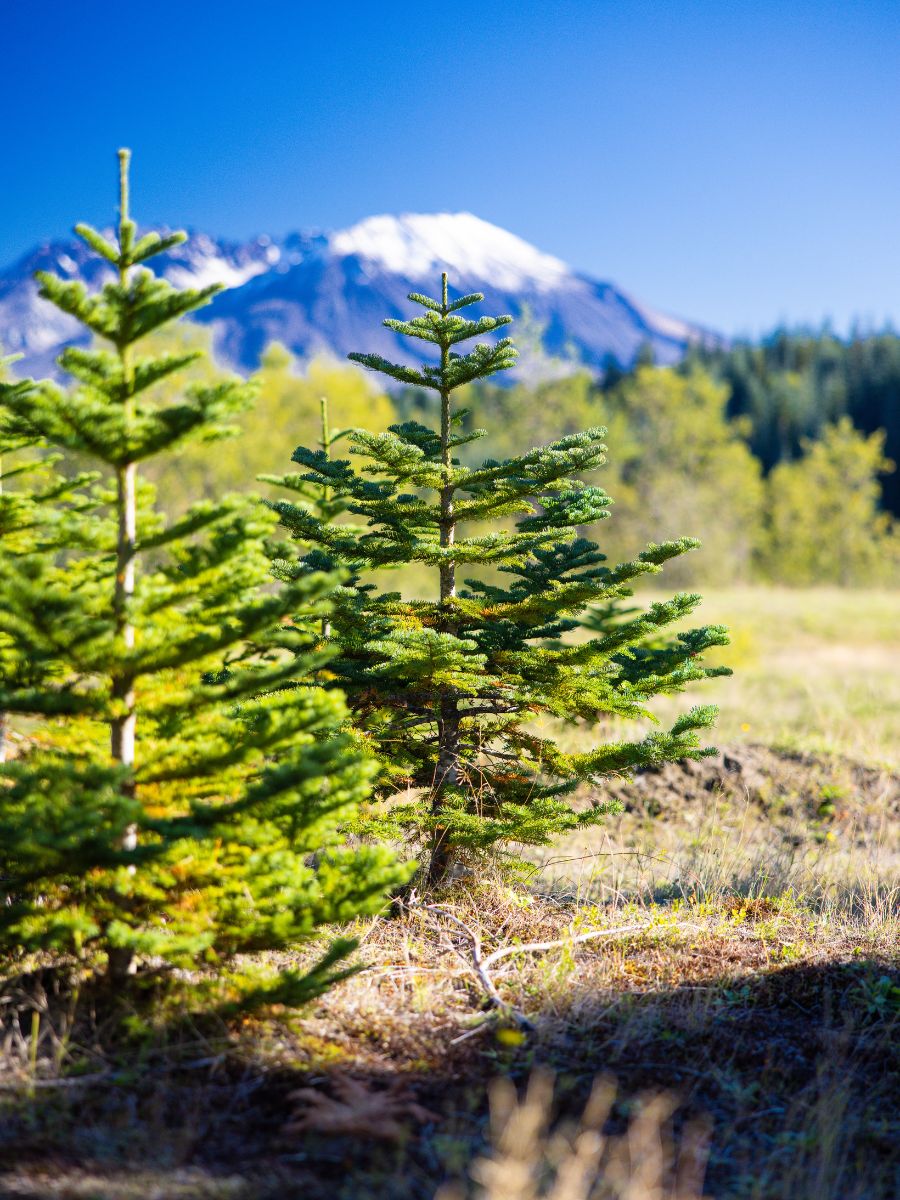
The Home of the High Mountain Blue Noble
At this location, at elevations between 3,000 and 5,000 feet, noble fir thrives in a way found nowhere else on earth. The cool, moist mountain air and volcanic soil produce trees with a unique silver-blue tone, unmatched needle retention, and a longer life once cut.
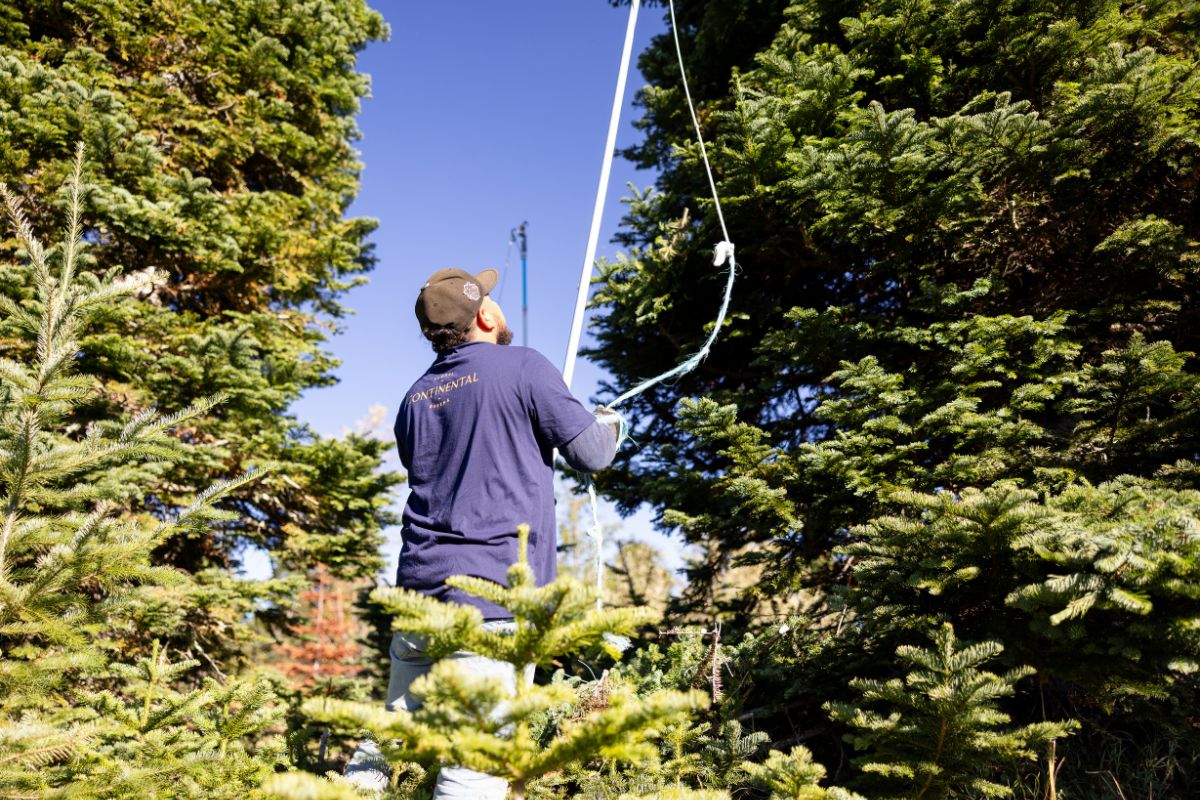
The team was so inspired by the beauty and durability of these trees that they trademarked them as 'High Mountain Blue Noble', and to this day, Continental Floral Greens remains the only grower and distributor of this rare, high-elevation product. Each season, these trees become the foundation for holiday wreaths, garlands, and centerpieces shipped across the country- decor that carries with it the purity of the mountain air where it was born.
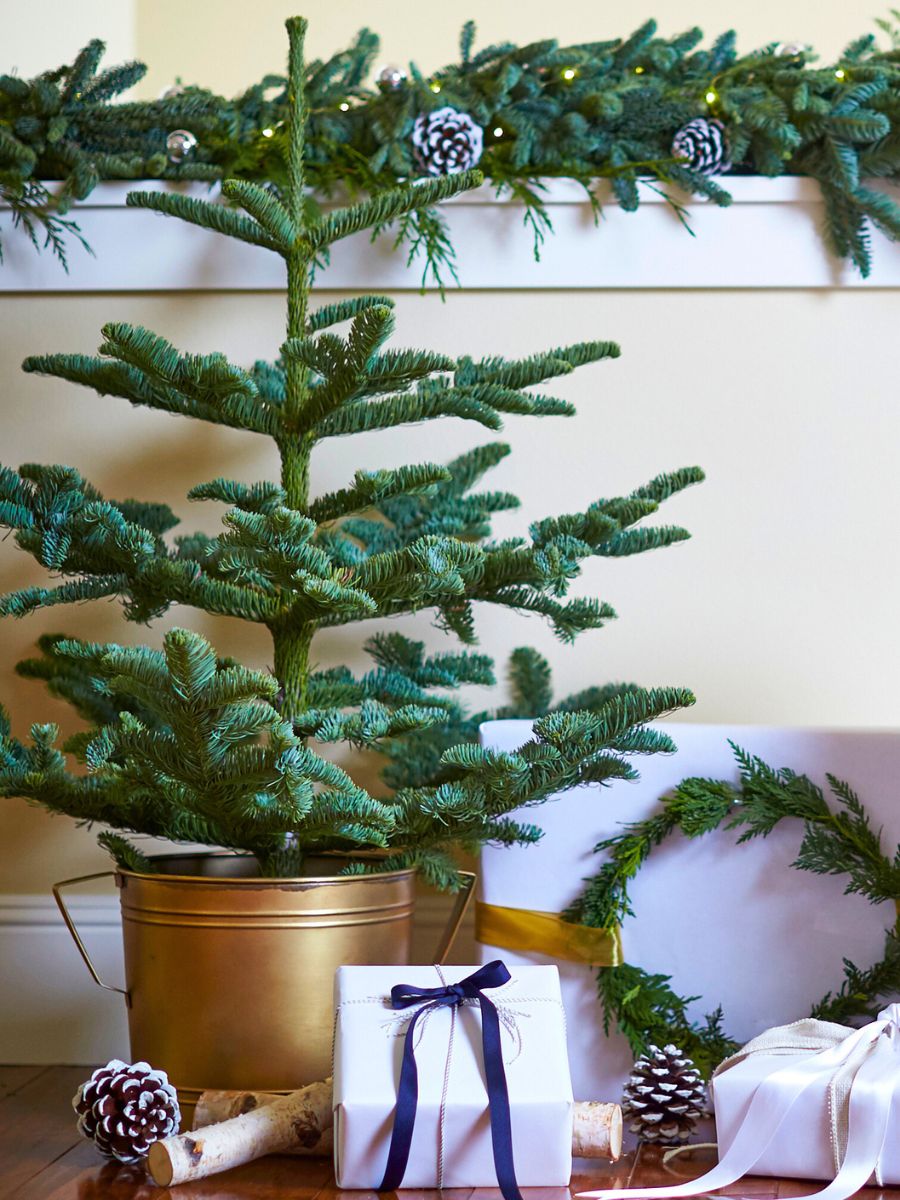
Regeneration Over Extraction
Wild-harvest doesn’t just happen on the forest floor. In the mountains, Continental Floral Greens practices the same principle of rotation, not depletion. Their teams carefully harvest boughs and branches rather than cutting down full trees. Using a signature topping method, they take only what’s needed, allowing the tree to continue thriving and naturally regrow new, healthy shoots.
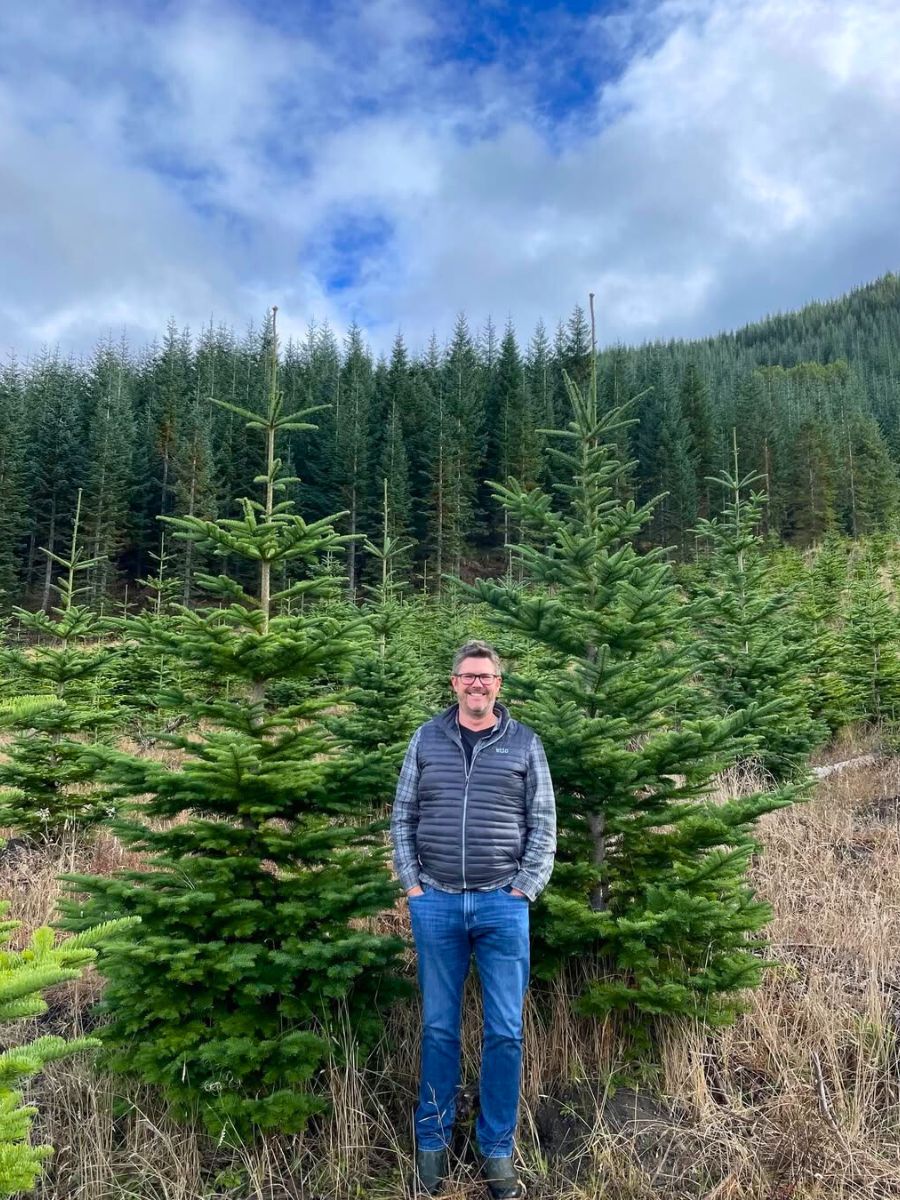
Alongside their work at Mount St. Helens, they also collaborate with several private landowners and timber companies in the surrounding region, helping to manage their forested acreage with the same rotational, low-impact approach. On their own property, they replant hundreds of thousands of seedlings each year, complementing the forest’s natural reseeding and ensuring future generations of noble, cedar, and Douglas fir.
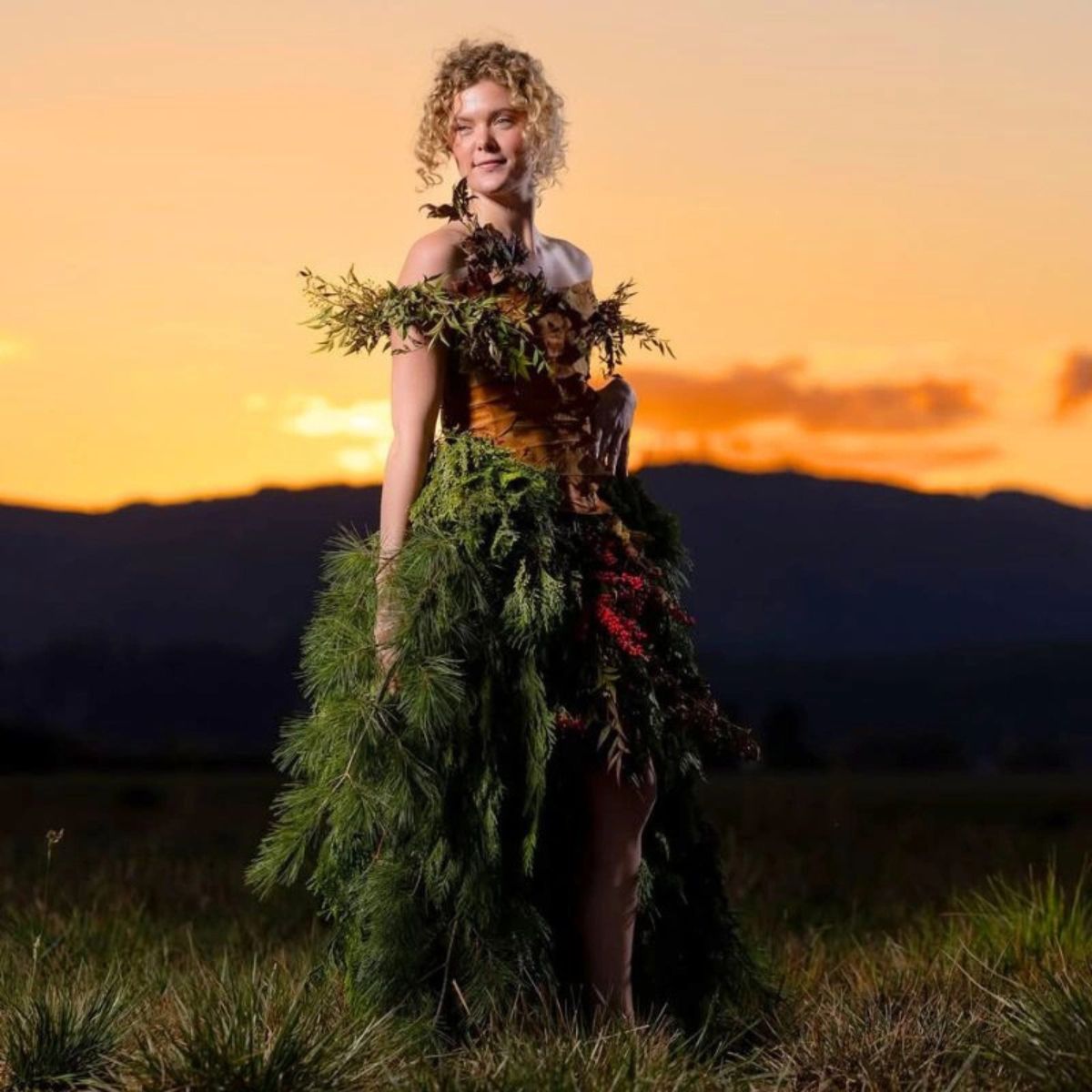
These efforts keep the ecosystem healthy, productive, and regenerative-both on our land and across the wider mountain community they're proud to be part of.
Upgrade your holiday decor with a bit of noble fir, incense cedar, white pine, birch branches, dogwood, pinecones, faux berries, and ribbon
The People Behind the Pines
Sustainability is about more than systems. It’s also about the people behind the work. Two of the most instrumental figures in the transformation of theMount St. Helens property are their Head Forester, César Carrión, and Troy Turnbull, VP of Northwest Operations.
César’s thorough understanding of forest ecology has shaped their regenerative approach, helping turn this once-depleted land into a thriving, self-sustaining ecosystem. Meanwhile, Troy’s decades of industry experience and tribal knowledge have guided the operational side of their forestry work. His leadership and innovation helped develop their signature tree-topping method, a practice that allows trees to keep growing stronger after each harvest, ensuring long-term forest vitality and continual renewal.
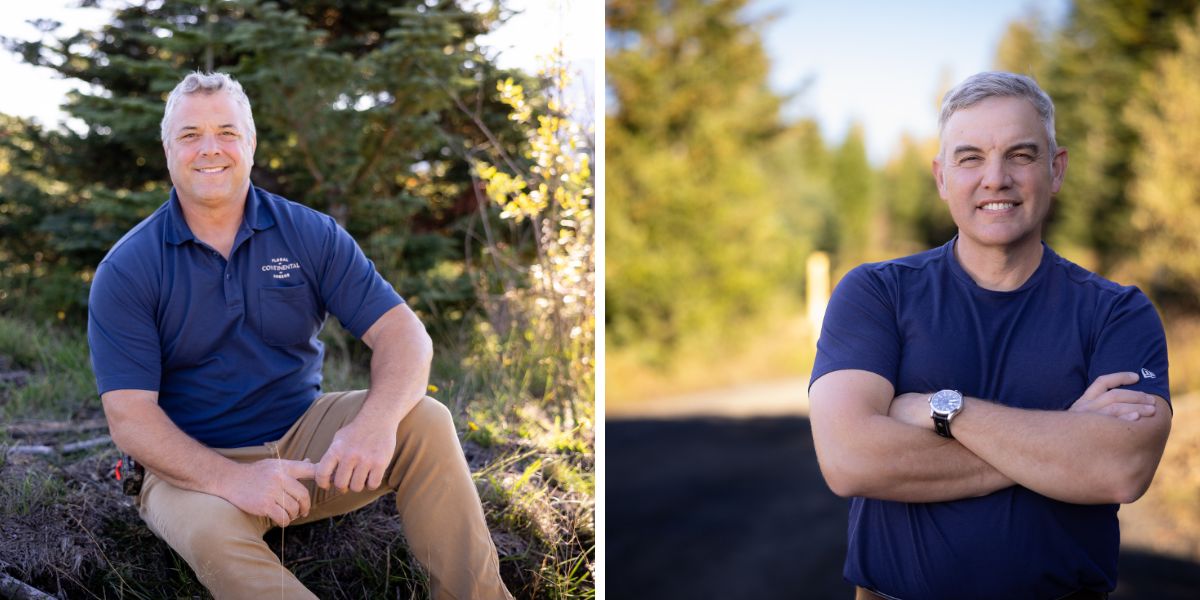
Together, their expertise has turned Mount St. Helens into a model of sustainable forestry-one that produces exceptional evergreens while preserving wildlife habitat and forest health.
How Continental Floral Greens Make Christmas
Every winter, their mountain harvest turns into the holiday season’s most iconic décor. From the coolers of wholesalers to the floral aisles of major retailers, products such as noble fir, cedar, white pine, and Douglas fir bring the scent and spirit of the Pacific Northwest into homes across the country. Even the pinecones are wild-harvested and collected carefully from the forest floor to adorn wreaths and garlands with authentic texture.
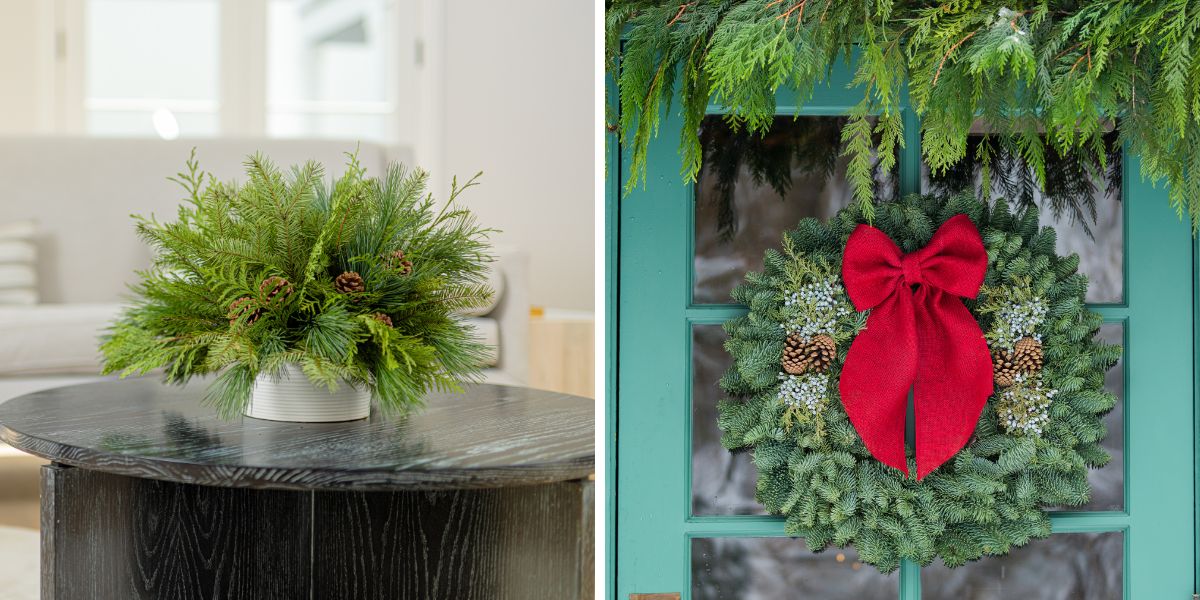
But behind the beauty is something deeper: a story of patience and respect for the land. Every bough cut, every seed planted, every box shipped is part of a cycle that began decades ago and will continue for generations to come.
A Legacy That Grows in the Mountains
What started as a single tree farm has grown into a nationwide operation offering over a hundred floral products-but Mount St. Helens remains the company's compass. It reminds people that nature leads, and our role as humans is to follow careful harvest, restore, and leave every acre better than we found it.
6 million pounds of noble fir for the 2024 Christmas season were harvested. That’s dedication you can count on!
This is how they make Christmas-wild, sustainable, and beautifully evergreen.
Photos and videos by CFG.




